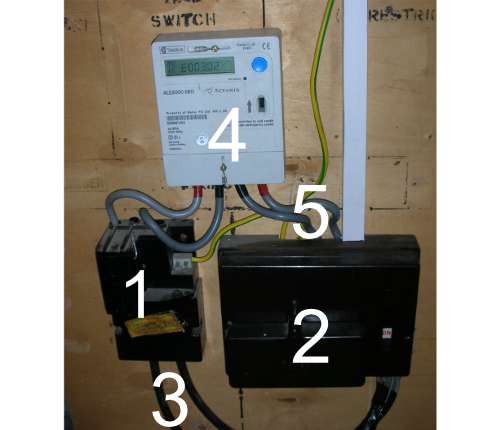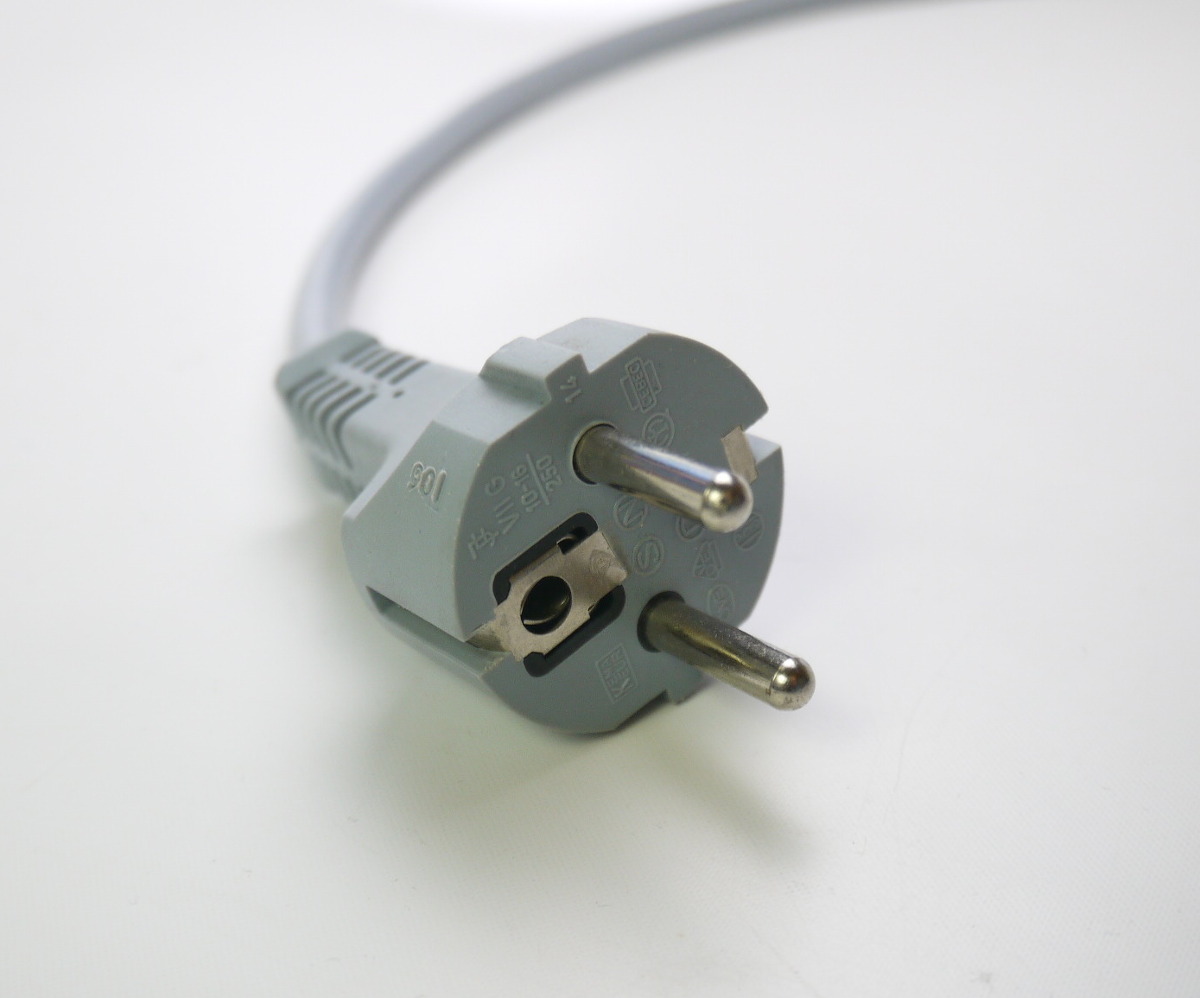Thank you for the link as it helped a lot. I was confused about the EGC or as they call it the PE conductor and its point of attachment. :roll:
PE is Protective Earth, about the same as the grounding conductor. In TN-C-S you have a combined Protective Earth and Neutral (PEN) conductor, this is normally a concentric cable, with a central thick hot, and many thinner neutrals around it (like a coax) so if you put a spade through it the hot is chopped befopre the last neutral / earth is cut. This type of cable is used for the underground feed from the street distribution to the house (ie just before the bond to the connection block where the earth rod and the water and gas plumbing bonds are connected) to try and stop the "lost neutral" problem.
If I understand correctly most if not all residential services will be a wye three phase with only one phase being used at the dwelling unit and the other two being used elsewhere for other dwelling units.
The cable under the street is three phase (four wire) but an individual dwelling will only have one phase fed to it. The houses are spread equally-ish amongst the three phases to balance it out.
When I was there about thirty years ago, it was a common practice for a given residence to receive two phases of a three phase system with one L‑N supplying most of the loads and the other L‑N supplying an electric water heater.
This arrangement is common in much of Europe, but rare in the UK to the point I've never seen an installation that had two phases for a water heater. I've seen a few that were installed decades back for storage heaters, but only a few. I've also never seen an arragement that had all the water heaters on one phase with remote control. So if you've seen it it must be a local thing in some part of the country.
In New Zealand (where I now live) we have a system that is a crossbreed of UK and American practice, and we do have remote cotrol of electric loads by the PoCo, it uses a thing called "ripple control", whereby a control signal at a couple of hundred hertz is superimposed onto the mains, and there are receivers throught the network that reecieve those control signals. SO street lights are centrally controlled, and my night rate meter for water heating simerlarly is switched on when the PoCo want it, and off when they dont. So they can load shed if required.
I figured perhaps a pic or two might help, so with the help of google image search... Pictures are of ugly installations, but they'll do

This shows (3) the incoming supply from the street which goes to the PoCo's main fuse box (1) - this box is sealed by the PoCo, it contains the installation fuse, a neutral link, and the earth point that the PoCo hands to the installation, thats the green wire coming out of the terminal that normally has a cover over it. Next up is item (4) the meter, which is also sealed! (5) labels the "meter tails", which is what the installing electrician leaves dangling for the PoCo to screw into the meter. Item 2 is a consumer unit, a UK name for an integrated main switch and fuse box, in this case an old Wylex unit, which was fitted to just about every house for decades (1960 - 1990 maybe?), right up until the circuit breaker revolution took place.
Note that the contracting electrician has no legal means to isolate the supply prior to the consumer unit, to do that you need to call the PoCo and get them to cut the seal on their fuse and remove it, and seal it all back up again afterwards.
This picture better illustrates the supply from an overhead thats come in as two wire, bottom left, first the board fuse and next to it the boards neutral block (sealed!) which has the earth wire coming out of it which goes (out of sight of the picture) to the earth block on the bottom right.
This is a dual rate meter installation, where the entire installation is metered at two different rates, so overnight cheaper electricity. Note there is no additional feed for heaters or water tanks, its just two rates for the whole load.
Both of these pictures are of old horrible installations, but I couldn't find a modern picture that shows the same detail... Things have moved on since these pictures!!!






